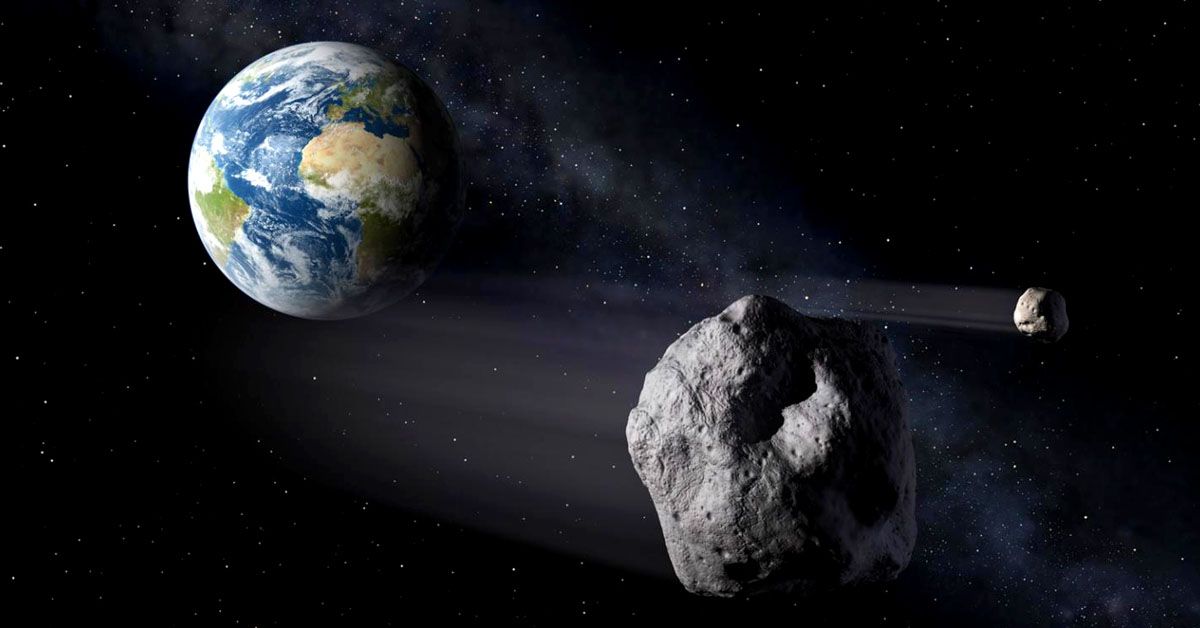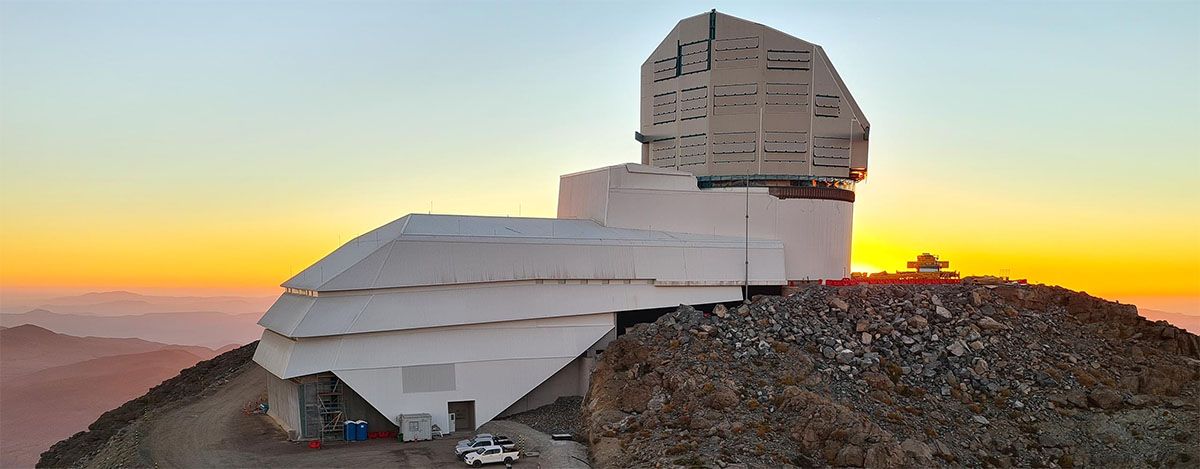Imagine the Earth, a vibrant blue sphere suspended in the inky blackness of space. Now visualize asteroids, much like celestial tumbleweeds, roaming the expanses of our solar system. One might ponder the peril that could ensue if these space wanderers were to cross paths with our home planet. Intriguing, isn't it? But here's the great news! According to a fresh and riveting study, we, the inhabitants of Earth, are likely to be safe from such a catastrophic encounter with a gigantic asteroid for the next 1,000 years.
This recent research bestows us a breath of relief in a universe filled with endless wonders and uncertainties. It seems like our beautiful blue dot might continue to twirl around the sun, relatively undisturbed, at least for the foreseeable future. The burning question now is, how did the researchers arrive at this comforting conclusion?
Key Findings from the Study
Well, the magic lies in a novel method they employed to project the pathways of asteroids. This innovative approach allows scientists to predict the orbits of these space wanderers up to 1,000 years into the future, offering us a crystal ball into potential cosmic calamities. By understanding these celestial trajectories, scientists can accurately estimate our planet's odds of being on a collision course with an asteroid.
A Glimpse into the NEOWISE Animation
The researchers unveiled an engaging animation to add a touch of visual delight to this intriguing study. Here, the Earth is depicted as a stationary star icon, around which various cosmic entities play out their celestial ballet. Green circles dart around the star, representing near-Earth objects. Yellow squares, indicative of comets, twirl around in their unique dance. Gray dots, symbolizing other asteroids, complete the cosmic choreography. It's a striking way of visualizing the hustle and bustle of our cosmic neighborhood, giving us a front-row seat to the galactic spectacle.
Leading the Study: Oscar Fuentes-Muñoz
The maestro orchestrating this fascinating study is none other than Oscar Fuentes-Muñoz from the University of Colorado. Akin to a detective piecing together a cosmic puzzle, Fuentes-Muñoz spearheaded the research that has brought a wave of relief to the minds of those pondering our planet's safety from catastrophic asteroid strikes. His work is set to leave a lasting mark on the way we study and understand the celestial bodies orbiting in close proximity to our world.
The Dinosaur Extinction: A Glimpse into the Past
It's no secret that asteroids have left their imprint on Earth's history. Picture, if you will, an event that transpired approximately 66 million years ago. An asteroid with a whopping diameter of 10 kilometers hurtled toward Earth. On collision, it led to a cataclysmic event that wiped out the dinosaurs and brought significant devastation to Earth. It's a stark reminder of the raw power that these seemingly tiny celestial bodies can wield.

Yet, such catastrophic impacts are a rarity in our planet's history. Large asteroids only hit Earth once every few million years. In other words, a catastrophic asteroid strike is as rare as stumbling upon a four-leaf clover in a vast meadow.
The Congressional Request and Its Impact
Interestingly, the inspiration behind this study was partly political. The US Congress had requested a comprehensive catalog of near-Earth asteroids larger than a kilometer. Their motive? To ensure the safety of humanity by flagging potential celestial threats. And the research team rose to the challenge, conducting a study that not only satisfies this request but also revolutionizes our understanding of asteroid orbits and impacts. The study, in essence, serves as an insurance policy for our civilization against possible asteroid strikes, a standing testament to the power of science when guided by proactive governance.
Asteroids Near Earth: A Catalog of Potential Threats
NASA, the guardian of our skies, has meticulously compiled a catalog of asteroids larger than a kilometer that hover near Earth. The catalog is considered 95% complete, which is quite an achievement considering the vast expanse of space that surrounds us. This celestial index allows us to keep a watchful eye on the cosmic entities that could potentially threaten our planet.

One asteroid that stands out in this catalog is the 1994 PC1. Despite the modest chance of 0.00151% of passing within the moon's orbit over the next 1,000 years, it holds the highest risk among all known asteroids. But, it's not all doom and gloom. Due to its size and proximity, this asteroid presents an intriguing scientific opportunity. Imagine the wealth of knowledge we could glean by closely studying such celestial bodies!
Smaller Asteroids and Incomplete Catalogs
While significant progress has been made in tracking larger asteroids, smaller ones still manage to keep us on our toes. These mini cosmic missiles, despite their size, pose a genuine risk to Earth. An asteroid doesn't need to be a kilometer-wide giant to cause significant damage; even a much smaller one could wreak havoc if it were to collide with our planet.
Unfortunately, the challenge lies in detecting and tracking these smaller asteroids. The catalog of such bodies is not as complete as that of their larger counterparts, making them a bit like cosmic ninjas – small, elusive, and potentially dangerous.
Future Measures and Predictions
As we look to the future, the Vera Rubin Observatory in Chile is set to play a key role in advancing our understanding of near-Earth objects. Named after the groundbreaking astronomer Vera Rubin, the observatory will scan the skies, adding invaluable data to our asteroid catalogs. It promises to be a powerful ally in our ongoing quest to protect our planet from potential asteroid impacts and expand our knowledge about these fascinating cosmic neighbors. We eagerly await the contributions this state-of-the-art facility will make to our collective cosmic exploration.

One might wonder, why the fuss about predicting asteroid impacts for more than 100 years? Well, when it comes to safeguarding our planet, the more forewarning, the better. The advancements in simulation technology now allow us to predict the impact of large asteroids far beyond a century. This capability equips us with crucial knowledge that could potentially avert disaster, giving us more than just a lifetime to devise possible deflection strategies, if required. It's like having a cosmic insurance policy!
Sources: arxiv.org / technologyreview.com / space.com













